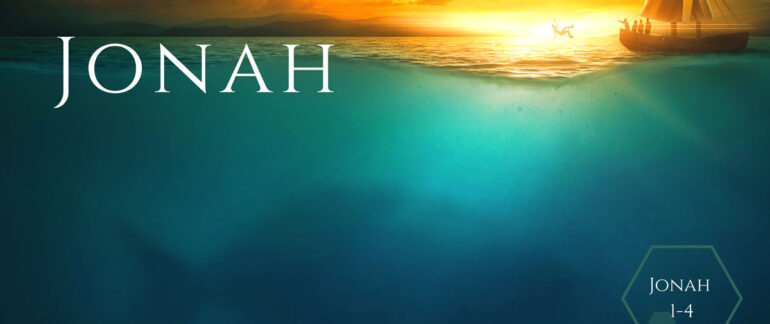Jonah, Jesus and Typology
“Then certain of the scribes and of the Pharisees answered, saying, Master, we would see a sign from thee.39 But he answered and said unto them, An evil and adulterous generation seeketh after a sign; and there shall no sign be given to it, but the sign of the prophet Jonas:40 For as Jonas was three days and three nights in the whale’s belly; so shall the Son of man be three days and three nights in the heart of the earth.41 The men of Nineveh shall rise in judgment with this generation, and shall condemn it: because they repented at the preaching of Jonas; and, behold, a greater than Jonas is here” (Matthew 12:38-41).
The biblical text in our devotional today deals with typology. Typology (Gk. typos, trace, image, form, figure, example, pattern – Dictionary of New Testament Theology). The word expresses the scheme of thought which sees historical persons, events, and institutions as “types” or patterns of subsequent greater persons, events, and institutions. Typology plays an important part in the Christian interpretation of the OT, in identifying statements which originally belonged to a particular historical situation and applying them to Jesus and his church.
Often we read in the Bible how Jesus’ apostles, disciples, and followers were often confused by the meaning of his parables. Throughout the written word, we find them asking Jesus to provide the meaning of a parable spoken by the Lord during public teaching or preaching. Among those stands out the narrative regarding Jesus and Jonah. The sign of Jonah most likely was very perplexing for those who heard it. Jesus is God the Son (God who became a Son in human form) and also known title wise as the Son of the Man.
You may recall that after his Crucifixion, he was buried in a tomb and rose again after three days. The “sign of Jonah” is a typology that points to the Crucifixion, Jesus’ death, burial, and resurrection. Through Jesus’ own statement, Jonah spent three days in the belly of a great fish becomes a type for the three days Jesus was buried near Golgotha before his Resurrection. Interpreting Old Testament people, places, or events as pointing to ones in the New Testament, usually, Jesus Christ himself is called typology, and is one of the most important ways of understanding and interpreting the Bible.
For example, Jonah may be seen as the type of Christ in that he emerged from the fish’s belly and thus appeared to rise from death. In the fullest version of the theory of typology, the whole purpose of the Old Testament is viewed as merely the provision of types for Christ, the antitype or fulfillment. Typology is not about the simple repetition of earlier events in later times but instead points to the superlative character of the later event. Importantly, there is a “lesser to greater” pattern in typology, where the NT antitype exceeds and goes beyond the salvation experienced in the OT type.
Devotional Application
Friend, Jonah’s confinement in the belly of a great fish is a type (form, figure, example) of Jesus’ death, burial, and resurrection back to life and the fulfilled meaning of Jonah’s three-day sojourn is found in Christ’s Resurrection. This form of typology is moving linearly in time. Typological developed largely through the application of Old Testament types for New Testament fulfillments. It was a method of charting the completion of the prior Jewish types in salvation revealed through the Lord Christ Jesus. The “sign of Jonah” is to help us recognize the importance of Christ’s Resurrection. It reveals that forgiveness of sins, eternal life, and eternal salvation is only possible for man through Jesus Christ. Have you heard and obeyed the good news so that you can elect eternal life in Jesus?
For another great resource from Vparkcoc Ministries, check out our Facebook page for weekly live Devotional Sermons (Vintage Park Church of Christ – https://www.facebook.com/vintageparkchurchofchrist/) best of all it’s absolutely free.

